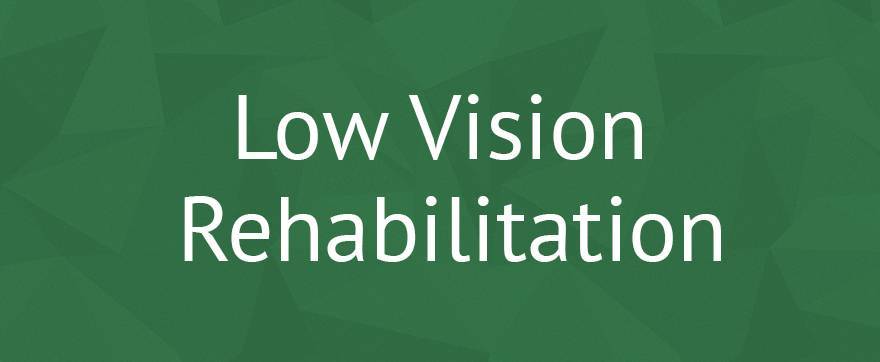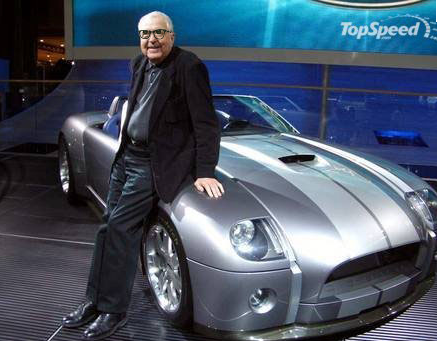
Low Vision Rehabilitation at Low Vision Optometry of Southern California
At Low Vision Optometry of Southern California, we believe in life after vision loss. If you have been told “there’s nothing more that can be done,” don’t give up—that is when we step in.
We are dedicated to helping people with vision-limiting conditions like:
- Macular Degeneration
- Diabetic Retinopathy
- Cataracts
- Glaucoma
- Stargardt’s Disease
- Retinitis Pigmentosa
- And other causes of low vision
We are proud to be part of the International Academy of Low Vision Specialists (IALVS), bringing new hope to people across the country.
What is Low Vision?
Low vision is a visual impairment that can’t be corrected fully with glasses, contact lenses, medication, or surgery. It can affect people of all ages, though it is more common in older adults.
It makes everyday tasks more challenging—but not impossible. With the right support and tools, you can continue doing the things that matter most.
How Low Vision Affects Daily Life
People living with low vision may find that it impacts how they:
- Read books, newspapers, or menus - Words can become blurry, distorted, or too faint to see, whether on a page, computer screen, or smartphone.
- Recognize faces and expressions - Faces may become hard to make out from across a room—or even up close. It is common for someone with low vision to rely more on voice and movement than facial recognition.
- Watch TV or use a computer - Whether it is catching a favorite show, checking emails, or following an online recipe, screens can quickly become a source of strain.
- Driving and Travel - Driving is one of the most significant losses people face with low vision. It is tied to independence, spontaneity, and the ability to participate in daily life on your own terms.
- Getting Around Safely - Navigating your home or neighborhood can feel overwhelming when depth perception or peripheral vision is affected.
- Enjoying Hobbies and Activities - Low vision can change the way you enjoy activities like knitting, painting, playing cards, gardening, or reading to grandkids.
Tips for Daily Living with Low Vision
1. Use the Right Glasses and Tools
Some glasses do more than correct vision—they enhance it. We offer a range of options, including:
These enhance contrast and reduce glare, using five optical elements to give you a sharper, clearer image. One patient told us it was the clearest they had seen in years.
Designed for reading, writing, and detailed work, these lenses help by shifting images to a more usable part of your vision.
2. Make Lighting Work for You
Low vision often means you need more light to see well. We recommend low vision lamps and the right bulbs to reduce strain and improve comfort.
3. Organize Your Space Thoughtfully
Keeping things in consistent places reduces frustration. Use contrast (dark items on light surfaces and vice versa), tactile labels, and larger print where possible.
4. Choose Adaptive Technology
There is a wide range of low vision tools available—like screen readers, magnifiers, and large-button electronics—that can make a big difference.
Our Services & Treatment Options for Low Vision
We offer a range of custom-designed glasses and support strategies based on your unique goals, such as:
Spectacle Miniature Telescopes
Ideal for seeing faces, street signs, or cards on a table, these telescopic glasses help bring distant and mid-range objects into better focus—perfect for drivers, grandparents, and bridge players alike.
ClearImage II Microscope Glasses
For small print and fine detail, microscopic eyeglasses like these offer high-powered magnification that’s crystal clear for reading and writing.
Spectacle Prismatic Glasses
Prismatic glasses are great for hands-on tasks like knitting, reading, and crafts. They help bring the image into a more functional part of your vision.
E-Scoop Glasses
By enhancing contrast and reducing distortion, E-scoop glasses create a larger, brighter image that can be life-changing for everyday activities like walking, driving, or golfing.
Nutritional Counseling
We will talk about how nutrients can support eye health, especially when managing macular degeneration. We stay up to date on the latest research and help you understand what may work best for you.
Illumination Counseling
Good lighting makes a real difference. We will recommend practical solutions for your home and hobbies based on what works best with your eyes.
Driving Rehabilitation
We know how important independence is. If your vision is close to DMV standards, we can evaluate whether you may qualify to drive safely with low vision aids and provide guidance on the next steps.
Regain Your Independence and Confidence at
If you or someone you care about is struggling with vision loss, we are here to help you take back control. At Low Vision Optometry of Southern California, we don’t just treat eyes—we help people regain confidence and reconnect with what they love.
Let’s talk about your goals, your needs, and how we can support you. Book an appointment to explore your options and see what’s possible.

Carroll Shelby with Bioptic Telescopes prescribed by Dr. Shuldiner.
